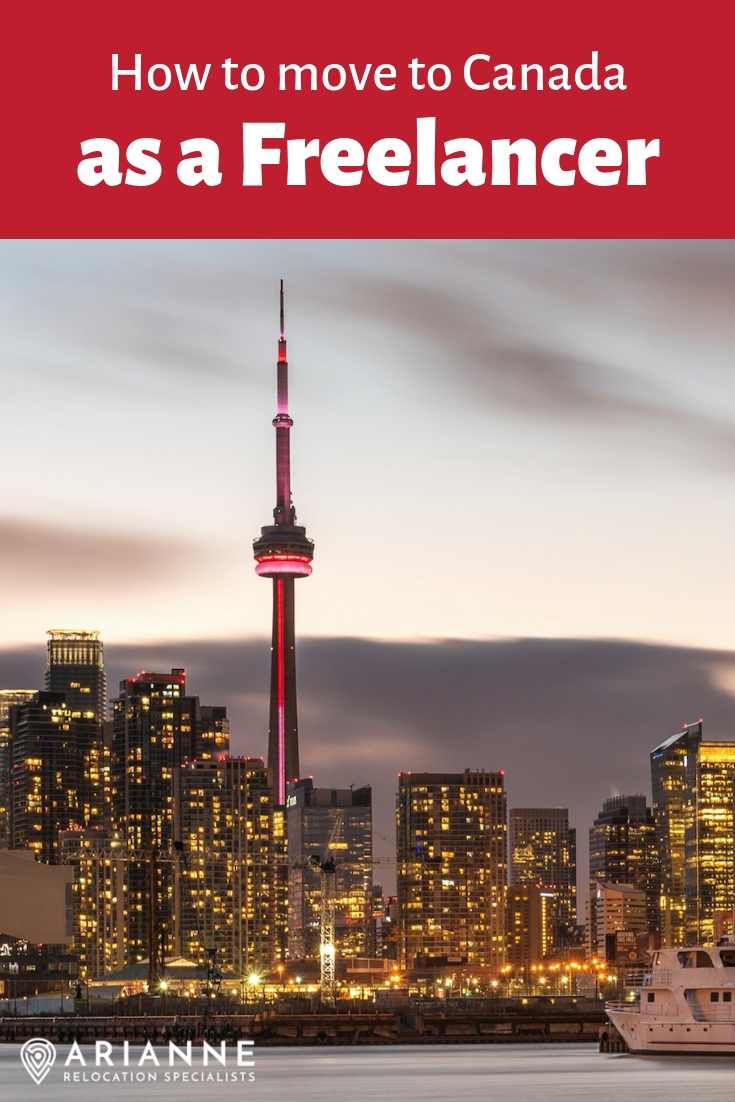So you finally did it; you’ve taken the plunge. You quit your dead-end desk job and set out on your own. No more incompetent office managers breathing down your neck, no more back-stabbing coworkers trying to take credit for your hard work. At last, you’re the boss, and you’re doing things your way. Maybe you’re making it big, or maybe you’re still struggling with a sluggish Upwork account. The important thing is, you’ve got your freedom! So now what?
Digital nomads on the move
For some enterprising individuals, self-employment is a way to break out of a hard-working, low-paying job and finally seize upon the greater compensation they always felt they deserved. But for many freelancers, it’s more about the freedom, to work as they please and where they please. And in the digital age, this sense of freedom is nearly unlimited. A freelance designer, programmer or blogger can take his/her laptop just about anywhere in the world, and so long as there’s a good wi-fi connection, they can keep working. Many of these digital nomads head to the tropics, but increasing numbers are also looking to Canada.
Why Canada?
Moving to Canada as a freelancer can be an attractive idea for a variety of reasons. Few countries on earth can rival Canada for its quality of life, its friendly population, its robust economy, and its favorable immigration policies. Furthermore, Montreal, Toronto and Vancouver are quickly establishing themselves as international hubs in the technology and artificial intelligence industries.
If you’re coming from a western country like the U.S., Europe, or Australia, you’ll have an especially easy time getting into Canada. Here is a long list of visa-free countries, whose citizens can enter Canada and stay for up to 6 months as tourists. Given the nature of the Canadian winters, 6 months might be just the right length of time for the digital nomad to live and work in Canada, and then move on to warmer, sunnier climes, as the dark days of mid-autumn begin to settle in.
Nationalities of other countries can generally obtain a travel visa without too much difficulty, but terms and conditions vary from country to country. Check your local government website for details.
As long as you are not seeking employment in Canada, you can continue to work remotely as a freelancer (for clients in your home country, for example) with only a travel visa or as a visitor.
Work Permits and Immigration Programs for longer stays
Digital nomadism is fine, you say, but perhaps you’re looking for something a little more long-term, or maybe you want to further your career and continue to solicit clients in Canada. Here are a few options to consider.
- International Experience Canada (IEC) A very popular immigration option, IEC actually offers three different programs. 1) Working holiday: Probably the best choice for freelancers and digital nomads. Participants receive an open work permit for 1-2 years, allowing them to move around and look for work anywhere in Canada. 2) Young professionals: With a signed job offer, participants can work for a single Canadian company and gain valuable international experience in their field. 3) International co-op internships: Open to students of post-secondary institutions from participating countries, allowing them to work as interns at Canadian companies for a limited period of time. Learn more about eligibility and the application process for all three programs.
- Federal Self-employed Persons Program: Self-employed individuals can immigrate permanently to Canada if they can demonstrate adequate experience and a willingness to make an important contribution to cultural or athletic life in Canada. Eligible candidates must demonstrate an ability to create their own employment, show that they have enough money to fund their business idea, and work in a qualified field of athletic or cultural significance. Canada’s government website makes it easy to learn more about the program and the application process.
- Quebec Self-employed Persons Program: Through a separate system from the rest of Canada, self-employed persons moving to Quebec must satisfy the federal requirements, and must also register a start-up deposit in a local bank for $50,000 if based in Montreal, or $25,000 outside of Montreal.
Conclusions
As you can see, there are a few different ways to get into Canada, depending on your circumstances. Here are the three main factors to consider when determining which path makes the most sense for you:
- where you’re coming from,
- how long you intend to stay, and
- whether you intend on conducting business in Canada.
So if you’re a freelancer and on the move, you should have a pretty easy time getting into Canada and moving about freely. People coming from countries in Asia and Africa will have a few more hurdles to cross, but obtaining a temporary stay visa is usually not too difficult. It’s only when you want to apply for permanent resident status to live in Canada that the process can get more challenging. But again, citizens of most western countries shouldn’t find the application process too challenging.
For a thorough overview of the immigration and relocation process, be sure to check out our article on the 5 Steps to Canadian Immigration. To learn more about visiting or moving to Canada as a freelancer or self-employed person, you’ll also want to look at these articles about Business Relocation, Moving to Canada as an Entrepreneur, and Moving to Canada as an American.
If you’re planning a trip or a working vacation to Canada and need additional help finding your way around the country and its bureaucracy, look to ARIANNE Relocation. We’ve been helping families and professionals get settled in Canada for more than 20 years.
Photo Credit: Unsplash








“As long as you are not seeking employment in Canada, you can continue to work remotely as a freelancer (for clients in your home country, for example) with only a travel visa or as a visitor.
Are you actually sure about this? And no potential complications in terms of tax liability?
Does this only apply if you do not service clients within Canada?
Yes, if you are in Canada on a travel visa, or for example, an American staying in Canada for less than 6 months, then you will have no tax liability in Canada. That is, if you are working for clients outside of Canada. If you wish to service clients in Canada, then you will technically be required to obtain a work permit. If you were to get a work permit or change your status in some other way (e.g. become a permanent resident), then you would want to speak with a tax specialist and/or an immigration attorney to get a clear understanding of your tax liabilities between Canada and your native country. I hope that helps. You can also check our posts on Moving to Canada as an entrepreneur and Business relocation.